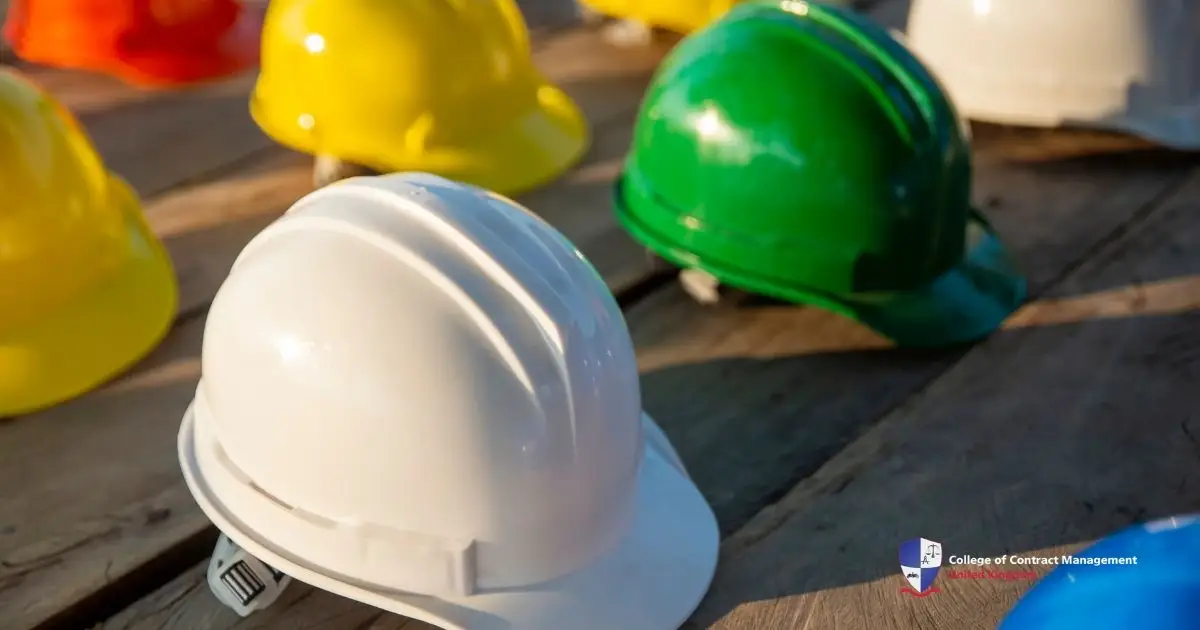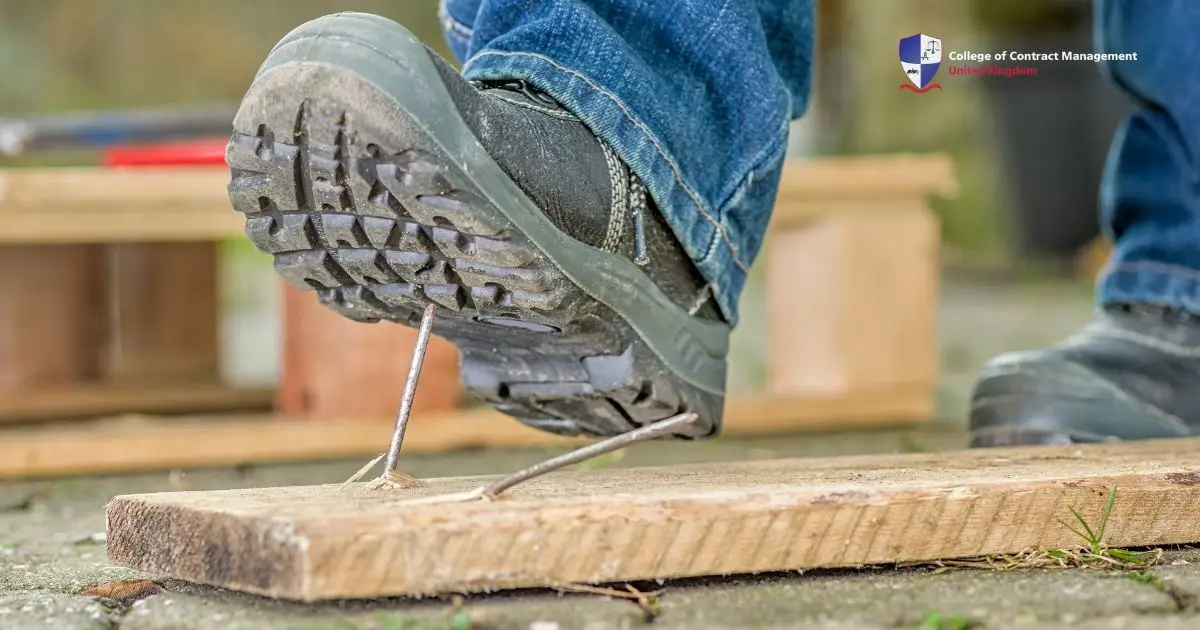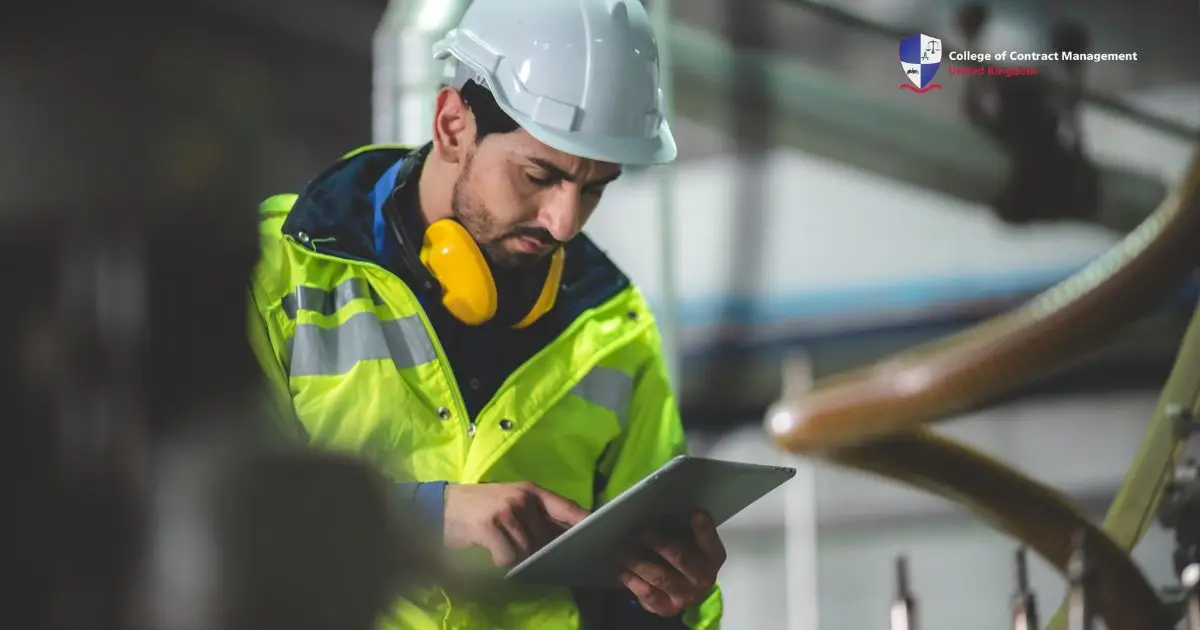In some industries like construction, workplace safety hazards are the common thing that the workers deal with every day. Workers on construction sites are at risk of injuries, especially on the head. Knocks and bumps are usually the minor causes, but sometimes harder hits can lead to severe injuries for workers. In line with this, using head protection like hard hats is important to prevent these problems.
According to a study, safety hats reduced severe injuries by 95%. Besides, they also reduced the possibility of skull fractures by up to 90%. Alongside this, using head protectors like hard helmets reduces the risks of injuries. In this article, we'll take a closer look at how these hats improve workplaces to become safer for everyone.
Why do construction workers need to use hard hats?
Construction workers need to wear hard hats because they need to protect their heads from injuries caused by different things. For example, falling objects or accident impacts from equipment or machinery. Moreover, this hat prevents sharp objects from going through the head. It also protects workers from electrical shocks. In short, it is an essential safety gear that supports a safer working environment.
Besides protecting worker's heads, wearing a safety hat is the main rule for construction workers. The Personal Protective Equipment at Work Regulation 1992 states that workers must make sure that suitable head protection is worn. By following this rule, both workers and companies can create a safe workplace.
Types of hard hats
Hard hats are one of the most important protective gear to keep construction workers safe. This hat protects workers from falling objects, bumps, and electrical dangers. Even though this hat has the same purpose, there are different types of hard hats for different jobs. In short, it does more than just protect the head, it keeps the workers safe.
There are three main types of safety hats, and each of them is made for specific purposes. These hats are classified based on their level of protection. For example, general-use hats and high-voltage-resistant hats. Besides, they have adjustable features so the workers can remain comfortable working on a site. Here are the types of helmets for construction workers.
Class G (General Hard Hats)
Class G hard hats are the most common head protection use on the construction site. They reduce the risk of head injuries so they can protect the worker. In addition, these hats also provide protection from electrical shocks by up to 2,200 volts. In line with this, this type of hat keeps workers safe in different tough work environments.
Class E (Electrical Hard Hats)
In contrast to Class G hats, Class E hard hats protect construction workers while working on electrical tasks. Besides protecting the head from objects, Class E hats protect workers from electrical shocks up to 20,000 volts. They also protect the head from wire burns or other electrical burns. In other words, these hats offer a high level of safety for workers who are working around electricity.
Class C (Conductive Hard Hats)
Besides Class G and Class E hats, the Class C hard hats are also popular among construction workers. They protect the head from minor impacts, such as bumps and small falling objects. However, they don't offer protection from electrical dangers. Instead, the Class C hat is only for the environment where the electrical risk is small.
Hard hats colours
Workers are aware that hard hats are the most important protective gear on construction sites. They protect workers' heads from things that can cause injuries. However, these hats serve more than just a practical purpose. The colours on the hats have important meanings depending on the person who wears them. This enhances safety and protects the workers.
Colours on safety hats are important to keep workers organised on the construction site. The colours on hats tell the roles, responsibilities, and levels of authority. In other words, using the right colour makes it easy to identify the person. Therefore, learning about the hat colour codes is a simple way to keep the work running smoothly.
- White: Workers in higher positions, like supervisors or managers, usually wear white hats. Besides, strategic workers like engineers or architects are likely to wear these hats as well.
- Yellow: Yellow hats signify the general workers and earth-moving operators. The purpose of these workers wearing hats of this colour is to make them visible.
- Blue: Blue hats are for workers who deal with high-risk conditions, like electricians, carpenters, and plumbers.
- Green: Safety workers or environmental workers often use green hats to make sure everything is on the line.
- Red: Fire marshals or people who work in a high-fire-risk area usually wear red hats.
- Orange: Orange hats are mostly for road crews or workers who use big machines to help people notice them, even from far away.
- Pink: Pink hats are usually the spares for visitors or workers who forgot their helmets.
- Grey: Grey hats are usually for site visitors.
Hard hats safety standards
Hard hats are an important part of keeping workers safe in environments like construction sites. These safety helmets protect workers from dangers like falling objects and electrical risks. The UK has set specific standards to make sure the hats provide the best protection. By following these standards, workplaces can help prevent accidents and create a safer work environment.
When choosing hats for construction workers, following the UK safety standards is important to ensure their safety. These standards are important to make sure these hats can handle impacts and protect heads from objects. By making sure the hats meet these requirements, the company can reduce the risks and protect workers from accidents.
- Industrial Hats (EN 397): EN 397 is a European safety standard that outlines the requirements for industrial safety hats. It ensures the hats provide a high level of protection for workers' heads from minor impacts. However, these hats only protect the top of the heads.
- Electrical Insulating Hats (EN 50365): EN 50365 is the standard for safety hats for those who work near or on high-voltage electrical equipment. These hats protect workers from electric shocks and reduce the risk of electrical hazards.
- High-Level Protection Hats (EN 14052): EN 14052 hard hats provide better protection than standard hats. These hats must pass the durability tests in different conditions. Besides, they protect the head from all sides. In other words, these hats are ideal for working in high-risk environments.
Conclusion
In conclusion, wearing hard hats on construction sites is very important to keep workers safe. These helmets protect the head from things like material impacts and electrical hazards. With different types and colours of hats for different tasks, they help keep workers organised. Overall, safety hats are a key part of preventing accidents and making construction sites safer.
If you want to improve your safety management skills, the College of Contract Management has great courses. By enrolling, you'll learn important tips on how to keep a safe and secure workplace. So, why wait? Take the next step toward reaching your career goals with hands-on learning by CCM!





